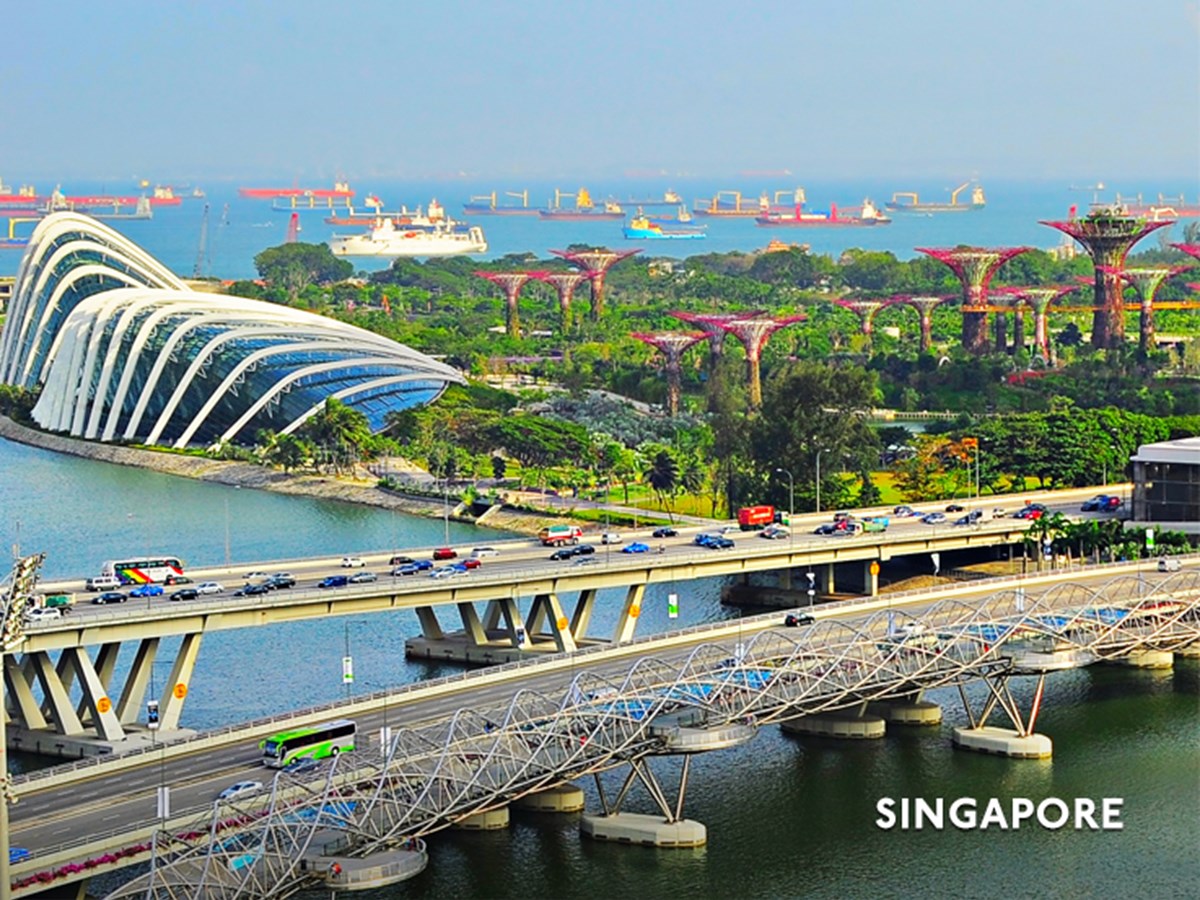
Knowledge Highlights 20 November 2025

Tiger Pictures Entertainment Ltd v Encore Films Pte Ltd [2023] SGHC 255
In Tiger Pictures Entertainment Ltd v Encore Films Pte Ltd, the General Division of the Singapore High Court (“High Court”) dismissed the defendant’s application to strike out the claimant’s claim on the basis that the claimant, an exclusive licensee of the copyright in a top-grossing Chinese film, allegedly had no legal standing to sue for copyright infringement.
This is the first case in Singapore invoking the “Simplified Process for Certain Intellectual Property Claims” (“Simplified Process”) under Part 2 of the Supreme Court of Judicature (Intellectual Property) Rules 2022. In an earlier decision, the High Court had dismissed the defendant’s application to disapply the Simplified Process. More information on that decision can be found in our article titled “Singapore High Court issues decision in first case on Simplified Process for Certain Intellectual Property Claims”.
The Simplified Process was introduced in Singapore with effect from 1 April 2022. The Simplified Process is an optional “fast track” for intellectual property (“IP”) litigation to provide parties with a more affordable and expedited route to enforce their IP rights in Singapore. More information on the Simplified Process can be found in our article titled “New optional track for IP litigation from 1 April 2022, Supreme Court of Judicature (Intellectual Property) Rules 2022 gazetted”.
Allen & Gledhill Partner Toh Jia Yi acted for the successful claimant in the case.
Background
The claimant was granted an exclusive licence for the copyright in a top-grossing Chinese film by the copyright owner. The claimant subsequently entered into negotiations with the defendant via text messages and email regarding a potential agreement for the defendant to distribute the film in Singapore.
Ultimately, the parties were unable to agree on various terms and did not execute any written distribution agreement. Despite this, the defendant proceeded to release the film for screening in Singapore on the basis that an alleged agreement had been reached via the parties’ text messages and emails.
The claimant, as exclusive licensee, commenced proceedings in the High Court against the defendant for copyright infringement of the film.
The defendant applied to strike out the whole of the claimant’s claim on the basis that the claimant had no standing to sue for copyright infringement. The defendant’s contention was that the claimant had sub-licensed its rights in the film to its related entity on identical terms as its own exclusive licence from the copyright owner. In doing so, the claimant had allegedly been “supplanted” as the exclusive licensee by its related entity.
High Court’s decision
The High Court found that the claimant had legal standing to sue for copyright infringement as it remained as the “exclusive licensee” within the statutory definition set out in the Copyright Act 2021 (“Act”), despite having sub-licensed its rights to its related entity on identical terms as its own exclusive licence. The court therefore dismissed the defendant’s application.
Under section 153 of the Act, a claim for copyright infringement can only be made by the copyright owner or the exclusive licensee of the copyright. In turn, an “exclusive licence” is defined in section 103 of the Act as a licence:
and “exclusive licensee” has a corresponding meaning.
The High Court found that the claimant was the statutory exclusive licensee within the meaning of section 103 of the Act, as its exclusive licence was granted by the owner of the copyright in the film.
On the other hand, the claimant’s related entity could not be a statutory exclusive licensee because its licence was granted by the claimant (and not the copyright owner). Furthermore, there was no suggestion that any consideration paid by the related entity to the claimant was payable to the copyright owner. There was also nothing else to show that the claimant had acted on behalf of the copyright owner in granting the licence to its related entity.
The High Court therefore held that the claimant’s related entity had not “supplanted” the claimant as statutory exclusive licensee, and only a sub-licence had been granted to the related entity. The claimant continued to have legal standing to sue for copyright infringement under section 153 of the Act as the statutory exclusive licensee.
Comment
The High Court’s decision is a welcome clarification of the definition of “exclusive licensee” and their standing to sue for copyright infringement under the Act. The ruling confirms that a statutory exclusive licensee would not lose such status even if it further sub-licenses its rights to another party, provided it was not acting on behalf of the copyright owner in doing so. Exclusive licensees of copyright works can benefit from the increased certainty of knowing that they retain the right to sue for copyright infringement even after their rights have been sub-licensed to another party.
At the same time, where there is a chain of contractual arrangements, parties should be alive to the possibility that the right to sue for copyright infringement and the right to exploit the copyright work may lie with different entities. In such circumstances, questions may arise regarding the remedies which an exclusive licensee can seek when bringing a claim for copyright infringement. Parties are encouraged to seek legal advice to ensure they are well-informed of their rights when entering into licensing arrangements.
Reference materials
The judgment is available on the Singapore Courts website www.judiciary.gov.sg.